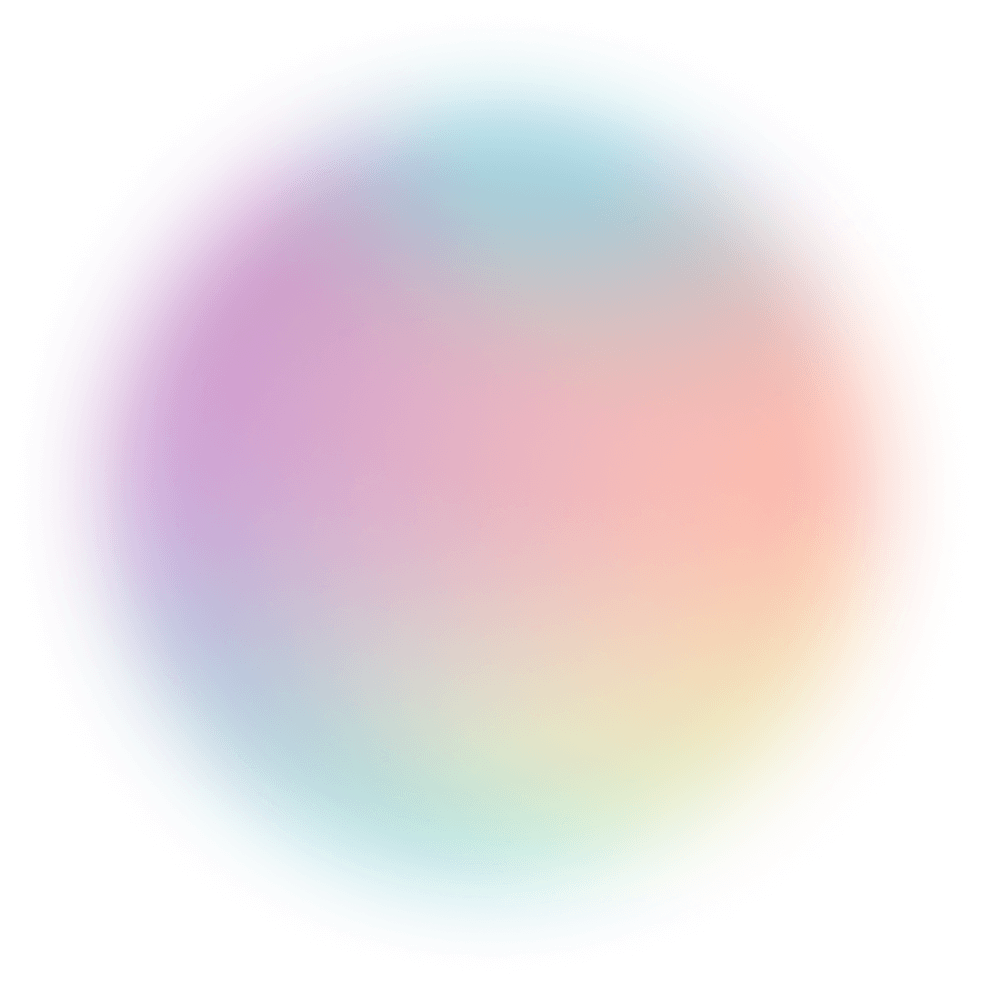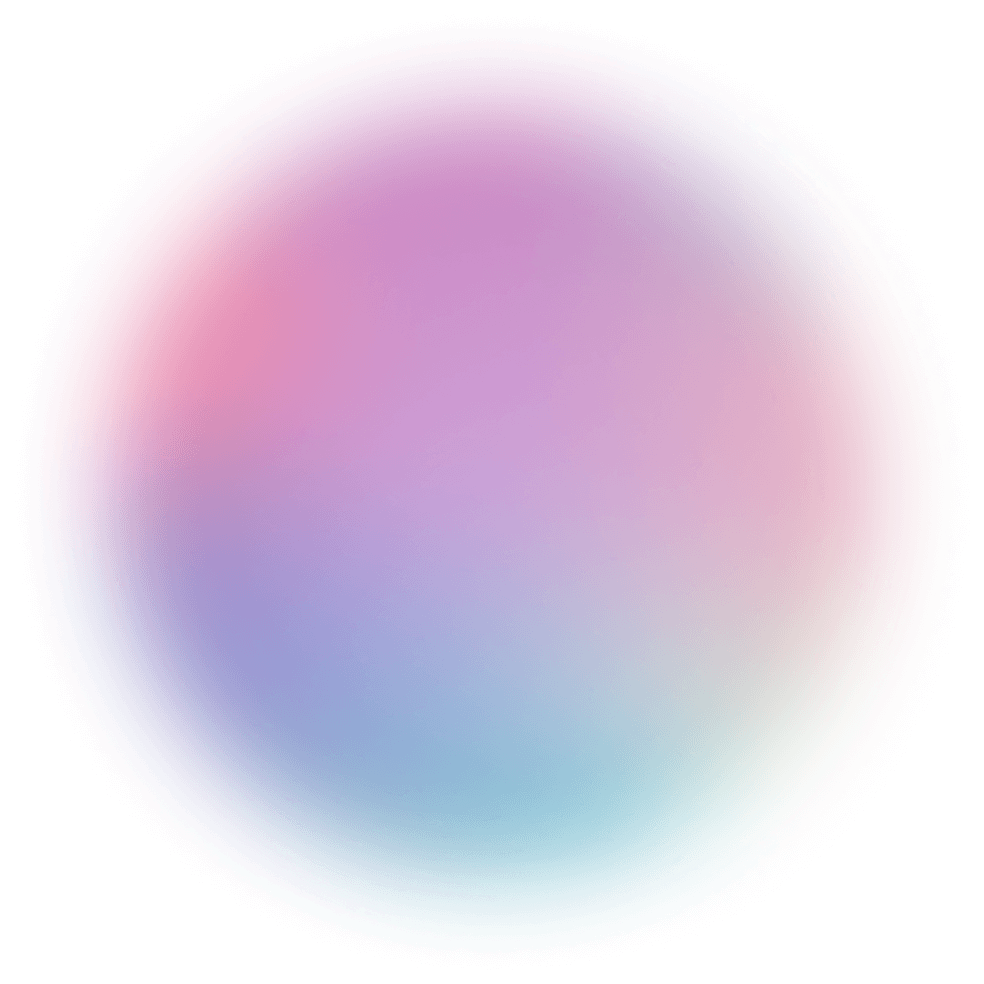E-Commerce Business Overview
Combine your Shopify, GA4, Google Ads, and Facebook data for insights across your business.
The world produces more data than ever before, and it is forecasted that this will only increase exponentially over the next decade.
.webp)
Data visualization is the process of turning datasets into charts, graphs, diagrams and other visuals. It can be used for analyzing data or presenting data.

Data is being produced in every field: finance, business, marketing, education, gaming, sports - you name it, and the amount of data we’re producing each year is exponentially increasing:

In 2021, we generated 79 trillion gigabytes of data, meaning out of the 4.66b people who have internet connectivity, each person is generating 15,900 gigabytes of data each year.
To put that into perspective, a spreadsheet of 1000 rows and 10 columns takes up about 0.0003 GB of data. So to reach 15.9 GB, we generate 53 million times that amount in the span of a year.
We've started collecting data in every field imaginable, and this makes learning data visualization a highly important skill to have.
The two main purposes of data visualization are data analysis and data presentation. Humans are visual creatures. It's much easier for our brain to process information from a bar chart (like the above), than a table full of numbers.
Data visualization allows us to easily see patterns, trends, correlations and distribution. It can also highlight outliers or important points in the data using contrasting colors. A good visualization not only presents information, but tells a story.
There are 3 types of data visualizations;

There are hundreds of different graphs and charts, but we’ll focus on the core ones which you’ll use for day-to-day stuff. These are:
For an explanation of each one, skip down below.
Here's a flowchart showing you when to use each graph/chart:
In general, when deciding on which graph to use and what design and color choices to make, it comes down to 3 things:
A) What is the purpose of your visualization?
B) What type of data do you want to show? E.g. categorical vs. numerical variables?
C) Who is your audience?


Divided into many parts which represent a whole. It’s best used when you can divide the circle into 2 parts (you might be able to get away with 3). Any more than that is a mistake, because our eyes are bad at comparing parts of a circle.
An alternative to pie charts are ‘donut charts’ which serve the same purpose, but have a different design.
Examples of Pie Charts: Good & Bad

The most common type of chart you’ll see, and often the most useful.
Y-Axis: numeric measurement (e.g. test score, IQ, height, weight)
X-Axis: categorical value (e.g. gender, country, favorite color).
It's perfectly fine to switch these around.
The human eye is much better at comparing the lengths of bars than the segments of a circle so bar charts are often preferred, especially when the change is small.
It’s not recommended to use a bar chart when there are too many values to show.
Examples of Bar Charts: Good & Bad

Basically 2 bar charts stacked side-by-side. Useful when you want to show a third binary variable like male/female.

The bars are sliced into different sections which make up a whole. You can imagine each bar as similar to a pie chart.
Useful when you have a variable like “country” that can be sliced into smaller subsets like “state.”

Clustered bar charts allow you to add another category to the visualization, although it’ll take longer for the brain to process this information, so only use this when you want to compare all the variables. Otherwise, just use two separate bar charts.

It’s like a bar chart, but shows ratios instead of exact values. Better for comparisons where exact values aren’t needed.
Examples of tape diagrams: Good and bad

A fancier looking bar chart where symbols/images are used instead of bars. They tend to be more memorable, but suffer from the same issues as tape diagrams: they don’t really show exact values.
Examples of Pictographs: Good and bad

Unlike bar charts where you’re comparing a category vs. numeric variable, scatterplots compare 2 numeric variables against each other (e.g. IQ vs test score).
Examples of scatterplots: Good and bad

Exactly the same as a scatterplot, except the x-axis variable is always “time.” Useful for showing trends over time.

For comparison of multiple scatterplots.

It’s like a scatterplot, but contains more variables. The size of the circles indicate a third variable whilst the colors of the circles can indicate a fourth variable.
Useful for stuff which has fewer data points, but more variables to compare.
Bubble charts can be confusing to readers and take longer for the brain to process, so oftentimes it’s better to use a scatter plot + bar chart to show the same data.

Despite the looks of it, it’s more similar to a bar chart than a scatter plot.
The x-axis is usually a categorical value whilst the y-axis is usually a numeric value.
It’s less memorable than a bar chart, but better at highlighting changes along the x-axis. Most times, the x-axis will be date related (e.g. Monday, Tuesday, Wednesday or Jan, Feb, March).

Shows the many traits of one thing. Helpful for highlighting strengths & weaknesses. You can overlay different radar charts on top of each other for comparisons too.
Examples of radar charts: Good and bad

Mainly for showing overlaps in demographics. Highlights similarities and differences between 2-3 things.
Examples of venn diagrams: Good and bad

Color coded information which shows you where all the action/volume is happening at. The darker the color usually means the more volume.

They are useful for seeing distributions in data. For presentation purposes, you’ll likely have to explain what each part means to the audience as most people haven’t seen these before.
Examples of Box & Whisker plots: Good and bad

These are mainly used for showing performance reports in business and marketing.
Putting multiple bullet graphs together can allow businesses to see where they’re underperforming and helps in decision making.

If one of your variables is location, it opens the door up for all kinds of data visualization on maps.
Interactive data is powerful tool because it allows you to update the data in real time rather than have static images of graphs/charts. It's a crucial element to storytelling and allows you to show the journey of how to get from point A to point B.
For data analysis purposes, having interactive data makes it really easy to query and facet through your data without typing in SQL queries. It also makes it super easy to find outliers, anomalies, top rankings and summaries of the data. Here are some examples of interactive data:
These were all made using Polymer Search.
Interactive gallery view is like an online catalogue shop that displays each item separately.
Think of it like Youtube thumbnails, Netflix titles and Steam store's games.
You can instantly turn a spreadsheet into a gallery view using Polymer Search.

The advantage of this method is it'll amaze your audience, as most people don't even know this is possible. It works best if you're sharing your data online.
The best type of data to use for this is one where you want to showcase each individual item, and each item contains several characteristics e.g. the above example uses: movie title: genre - director - writer - IMDb score - show length and more.
There are dozens of tools on the market with each having their pros & cons.
Polymer Search:
Diagrams.net
Excel:
Tableau:
PowerBI:
See for yourself how fast and easy it is to uncover profitable insights hidden in your data. Get started today, free for 7 days.
Try Polymer For Free




